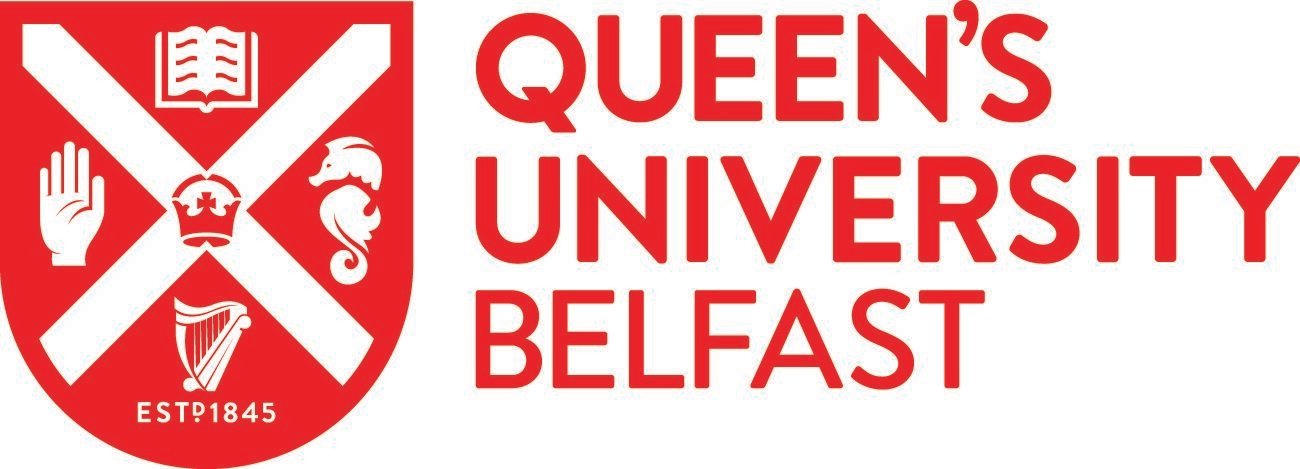
Background and Context
Historical Setting
The British bicycle mania of 1895-1900 saw massive share price movements similar to modern tech bubbles, with prices nearly tripling before crashing 73%.
Unique Data Source
Victorian companies were legally required to publish detailed annual shareholder registers including names, occupations, and addresses of all investors.
Research Method
Analysis of 25 cycle companies' shareholder records at two time points (pre-crash and post-crash) plus a control group of non-cycle companies.
Dramatic Rise and Fall of Bicycle Share Prices
- The bicycle bubble resembled modern tech bubbles with extreme price volatility over short periods.
- Share prices rose from 88 to 250 points before crashing to just 66 points.
- This dramatic price swing creates perfect conditions for studying investor behavior during bubbles.
Cycle Share Index Mirrors Modern Tech Bubble Patterns
- The price pattern shows classic bubble characteristics with rapid rise and extended decline.
- Peak prices in May 1896 were 184% higher than the January starting point.
- The crash was severe and sustained, taking over two years to reach bottom.
Gentlemen Investors Dramatically Increased During the Crash
- Wealthy gentlemen doubled their representation while other groups reduced their holdings significantly.
- Informed insiders like cycle industry workers and merchants successfully exited before losses.
- This pattern suggests informed investors profited while overconfident speculators lost money.
Winners Had Information Advantage, Losers Had Overconfidence
- Winners had privileged information about company performance and industry conditions enabling timely exits.
- Losers were overconfident wealthy individuals who believed proximity to exchanges gave them advantages.
- This challenges popular narratives that naive working-class investors were the primary bubble victims.
Gentlemen Were Most Active Traders Despite Worst Performance
- Gentlemen represented only 14.5% of shareholders but conducted 38.7% of all share sales.
- Despite high selling activity, gentlemen still increased their holdings suggesting excessive buying.
- This pattern indicates overconfident trading behavior leading to poor investment outcomes during bubbles.
Contribution and Implications
- Challenges stereotypes about bubble victims being naive investors rather than overconfident wealthy speculators.
- Demonstrates that behavioral biases like overconfidence can be more dangerous than lack of information.
- Provides insights for modern investors about risks of frequent trading during market volatility.
- Shows that proximity to financial markets may increase rather than decrease investment mistakes.
- Contributes to understanding how demand-side factors from specific investor groups can drive bubbles.
Data Sources
- Timeline visualization based on article's historical narrative of the 1895-1900 bicycle mania period.
- Share index chart constructed using data from Figure 1 showing cycle share prices over time.
- Shareholder composition chart uses data from Table 3 comparing changes in investor types.
- Winners vs losers diagram synthesizes findings from Tables 3-5 about investor performance patterns.
- Trading activity chart visualizes data from Table 5 showing selling behavior by occupation.





